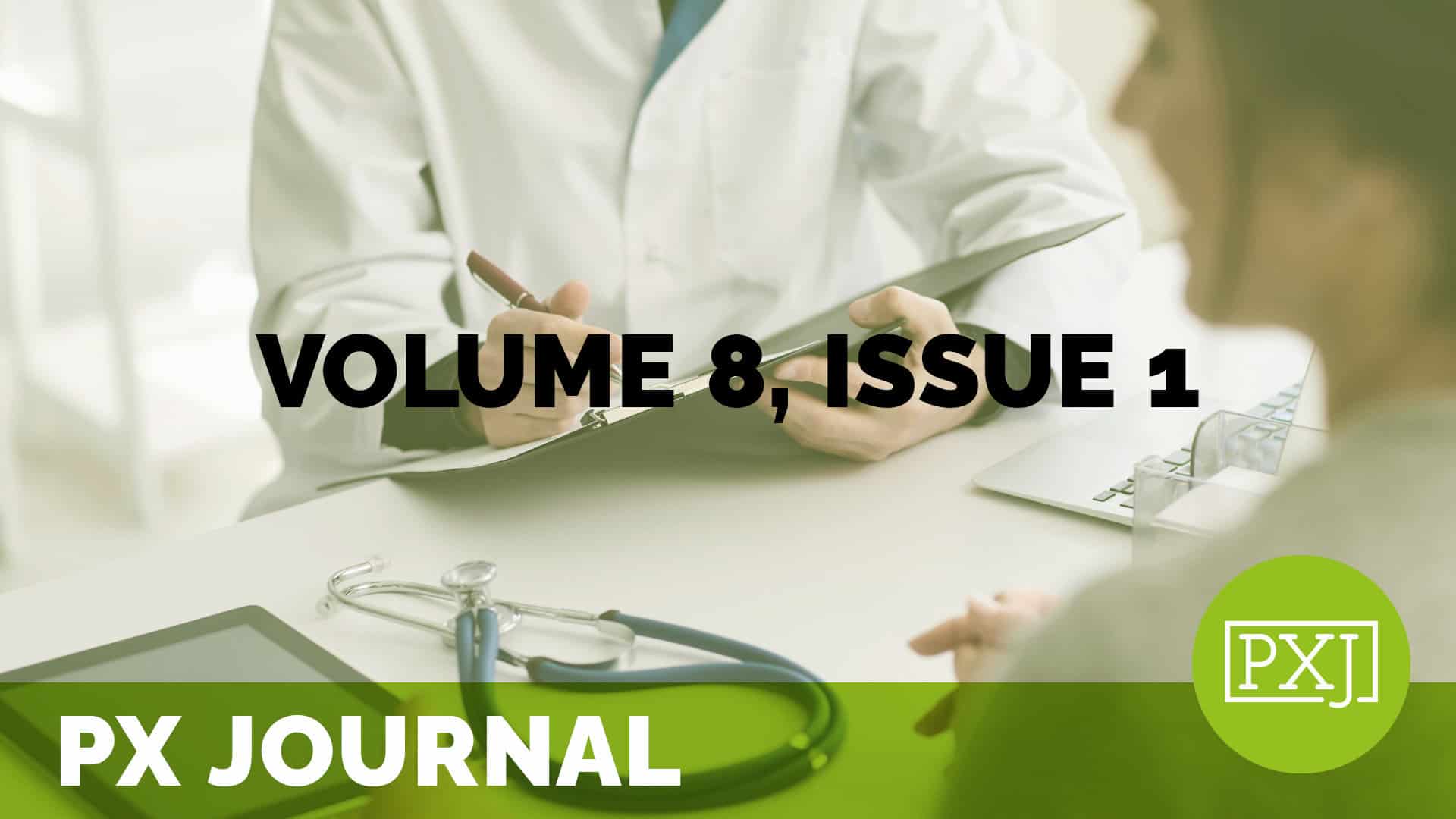An evaluation of the effectiveness of a unique patient experience response program that provided virtual, visual and emotional connectivity to patients and families during the COVID-19 crisis

In April 2020, the New York State Department of Health issued guidelines regarding suspension of hospital visitation due to coronavirus disease 2019 to protect staff and patients and prevent spread of the virus. Recognizing that patients would need extraordinary emotional support as they faced this frightening journey, two hospitals from a health system in the national epicenter provided avenues to bridge gaps in connectedness and communication. Our program provided virtual, visual and emotional connectivity by utilizing repurposed staff to serve as patient experience ambassadors. This program reduced the burden on clinical staff while preventing furlough. A descriptive correlational study was conducted that measured satisfaction of the program and connection provided. Subjects recruited for the study included patients and family members who used virtual platforms. Variables were measured using a Likert – type scale ranging from excellent to poor. Relationships between the variables were examined. This study revealed that participants were satisfied that the program improved connectedness; provided an adequate alternative to limited hospital visitation; provided emotional support and peace and closure in end-of-life situations. Respondents were satisfied with the patient experience ambassadors and would recommend the program. The overall rating was “good” (Mean = 3.267 SD 0.1039 Range 3.12 – 3.37) indicating a moderate to high degree of satisfaction. There were statistically significant differences in responses for connectedness, adequate alternative and rating in end-of-life visits versus others. There were no significant differences by hospital. The virtual communication platforms were successful in providing emotional support and bridging the gap in communication between patients and their loved ones.
Related content
-
 Patient Family & Community Engagement
Patient Family & Community EngagementPX Chat on PFA/PFACS: Sustaining/Growing (June 4, 2025)
12pm ET / 11am CT / 10am MT / 9am PT – Join The Beryl Institute community for an opportunity to connect with your peers on the support and resources needed to address efforts around sustaining and growing PFAs and PFACs in their organizations. Breakout discussion groups allow you to share your challenges, celebrate your
Learn more -
 Patient Family & Community Engagement
Patient Family & Community EngagementAdolescents with Cystic Fibrosis Expressing their Possible Selves through Photovoice: a Longitudinal Interpretative Phenomenological Analysis to Prepare a Peer Support Intervention for Healthcare Transitions
While the transition from pediatric to adult care has become a field of study and practice focused on preparing the adolescent to “become an adult with a chronic condition”, we are conducting participatory research to develop, implement, and evaluate a peer-support intervention aimed at supporting transition from pediatric to adult care for adolescents living with
Learn more -
 Patient Family & Community Engagement
Patient Family & Community EngagementMy Life, My Story and Life Recovery among Veterans with Substance Use Problems
The United States Veterans Health Administration My Life, My Story (MLMS) program is a patient-centered care intervention where veterans are interviewed about their life story and may grant permission to include it in their electronic health record (EHR). Our purpose was to focus on a sample of MLMS narratives from veterans with self-disclosed substance use
Learn more
